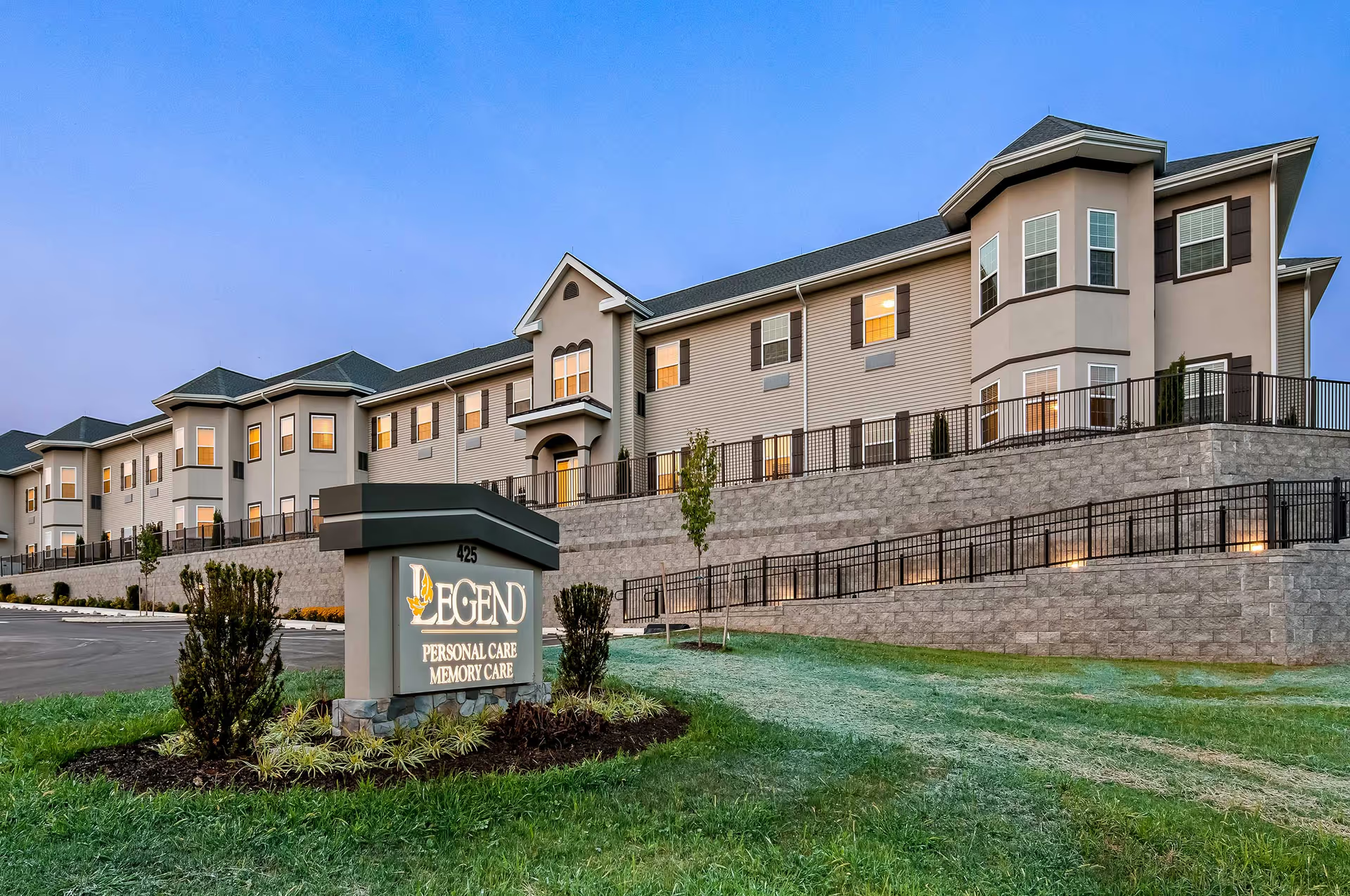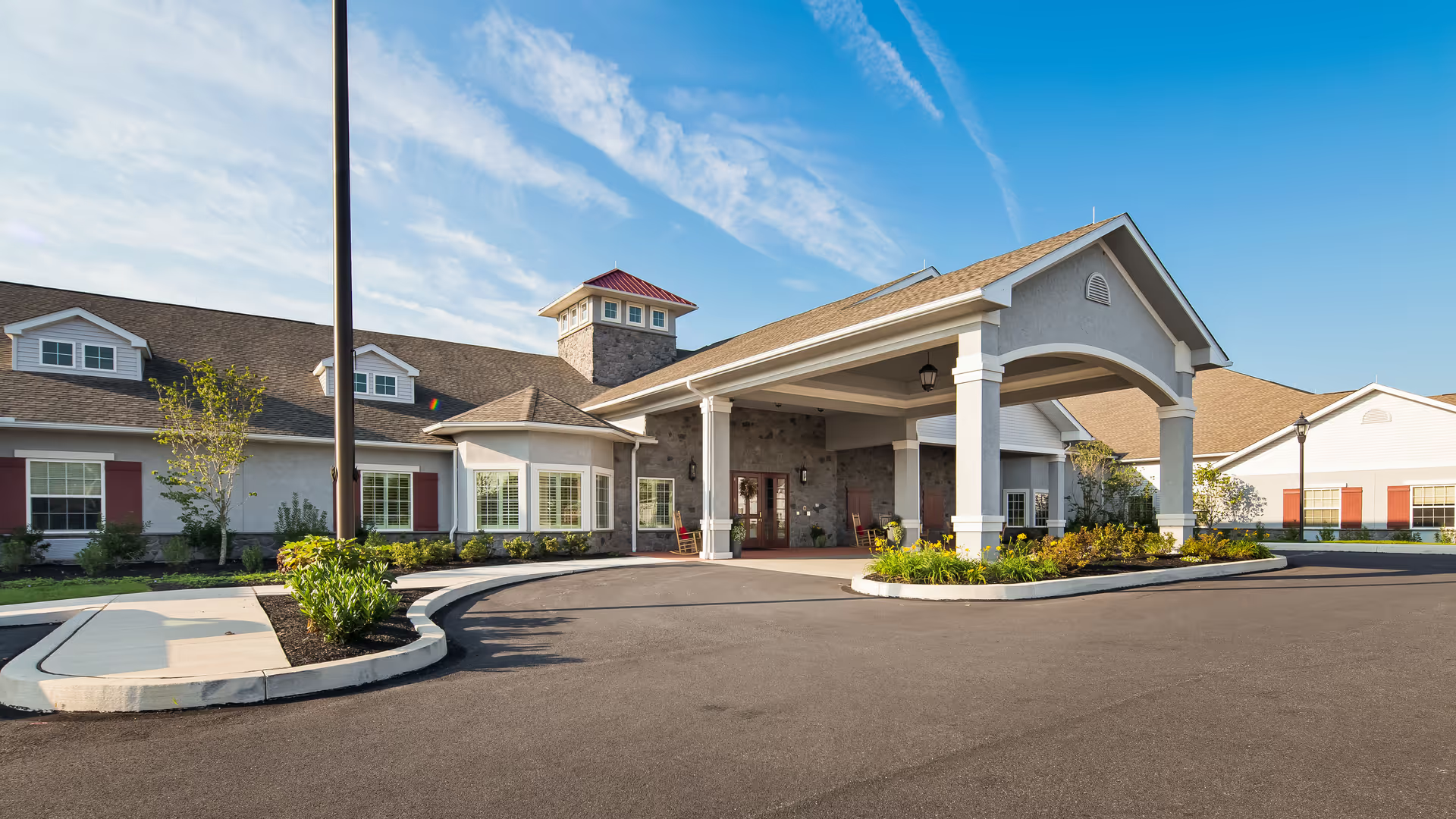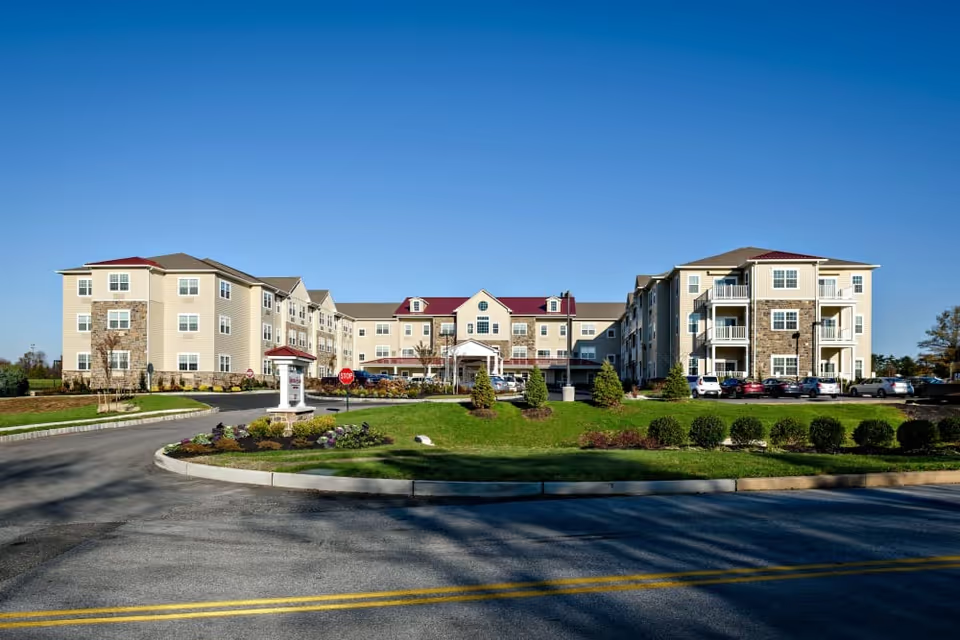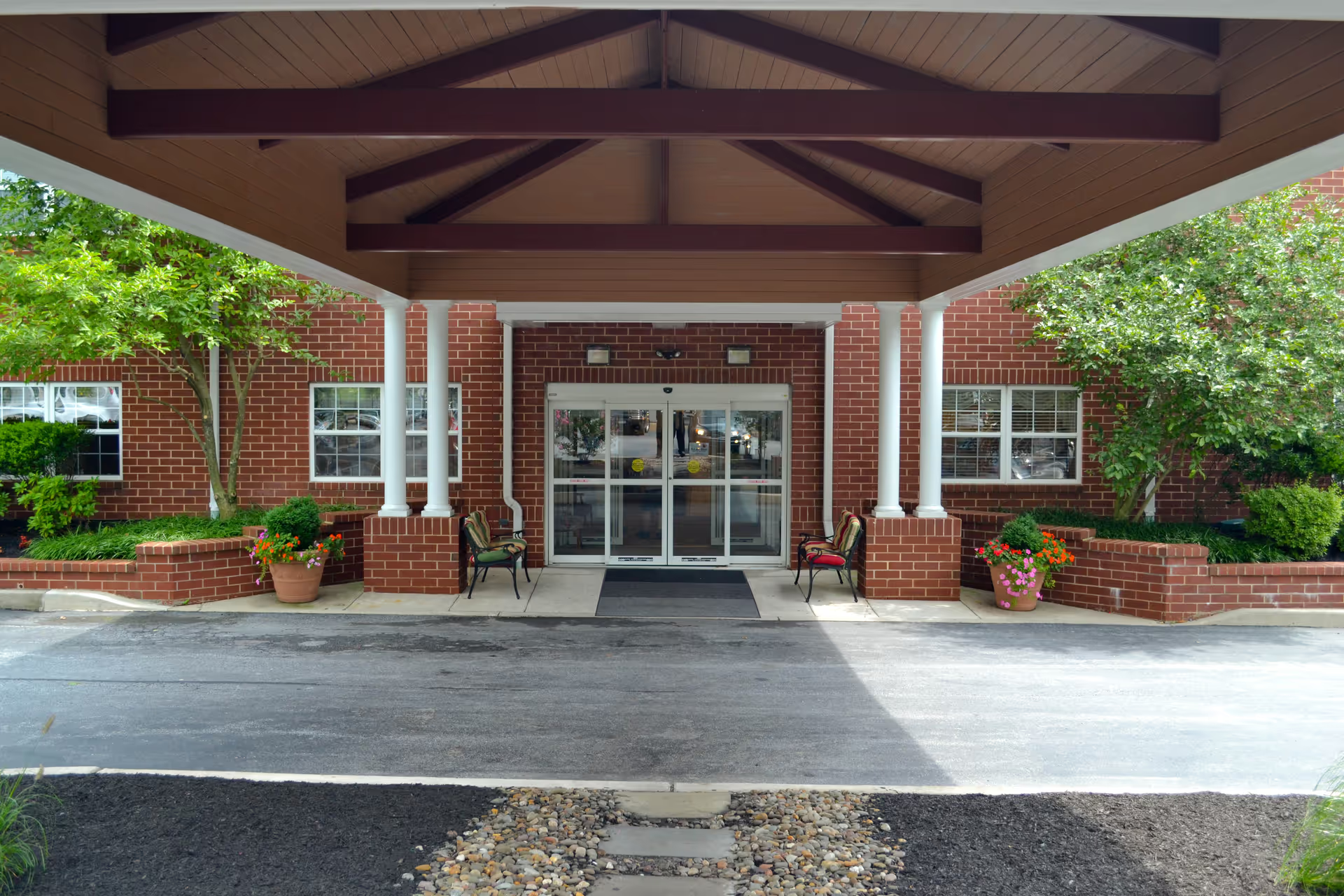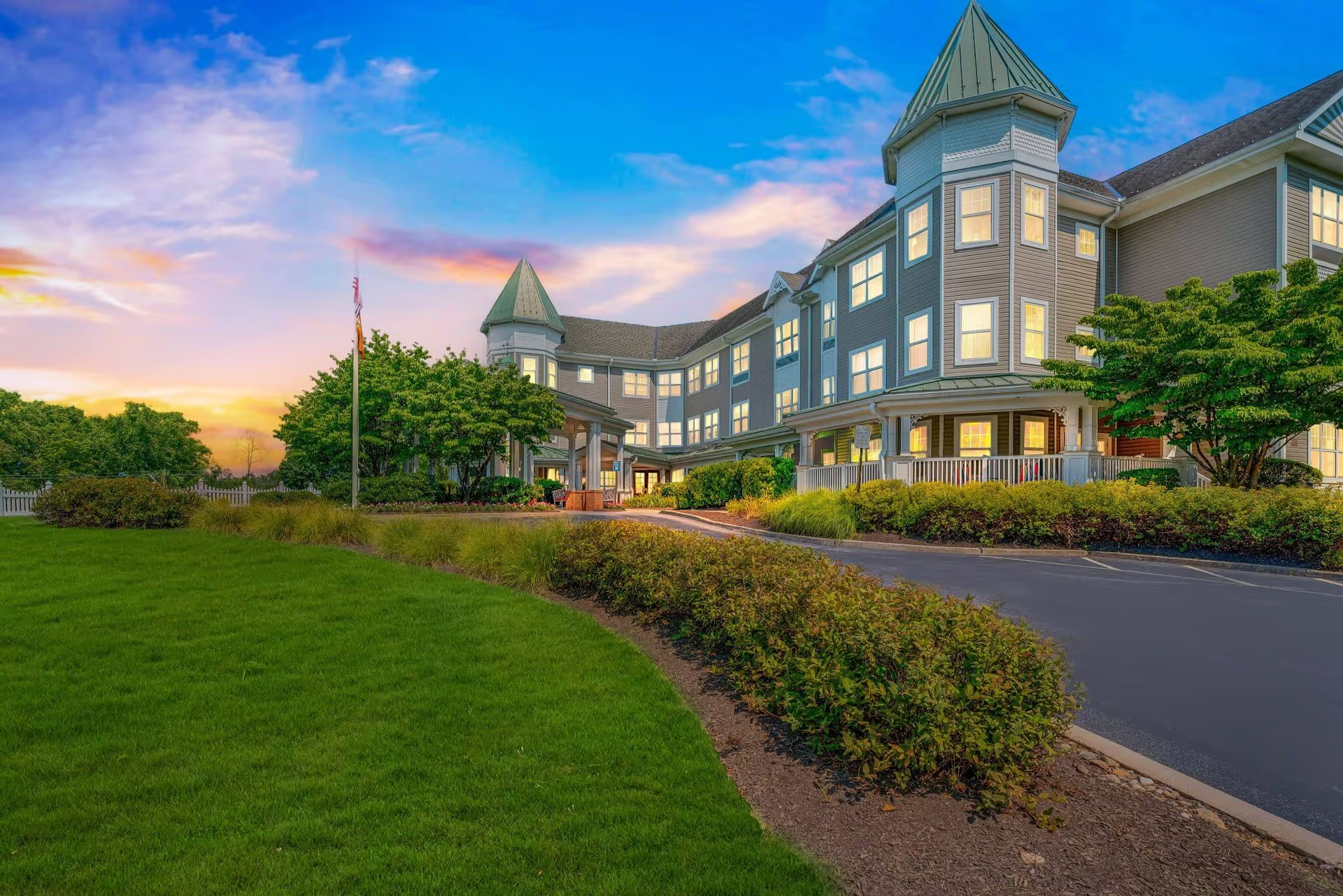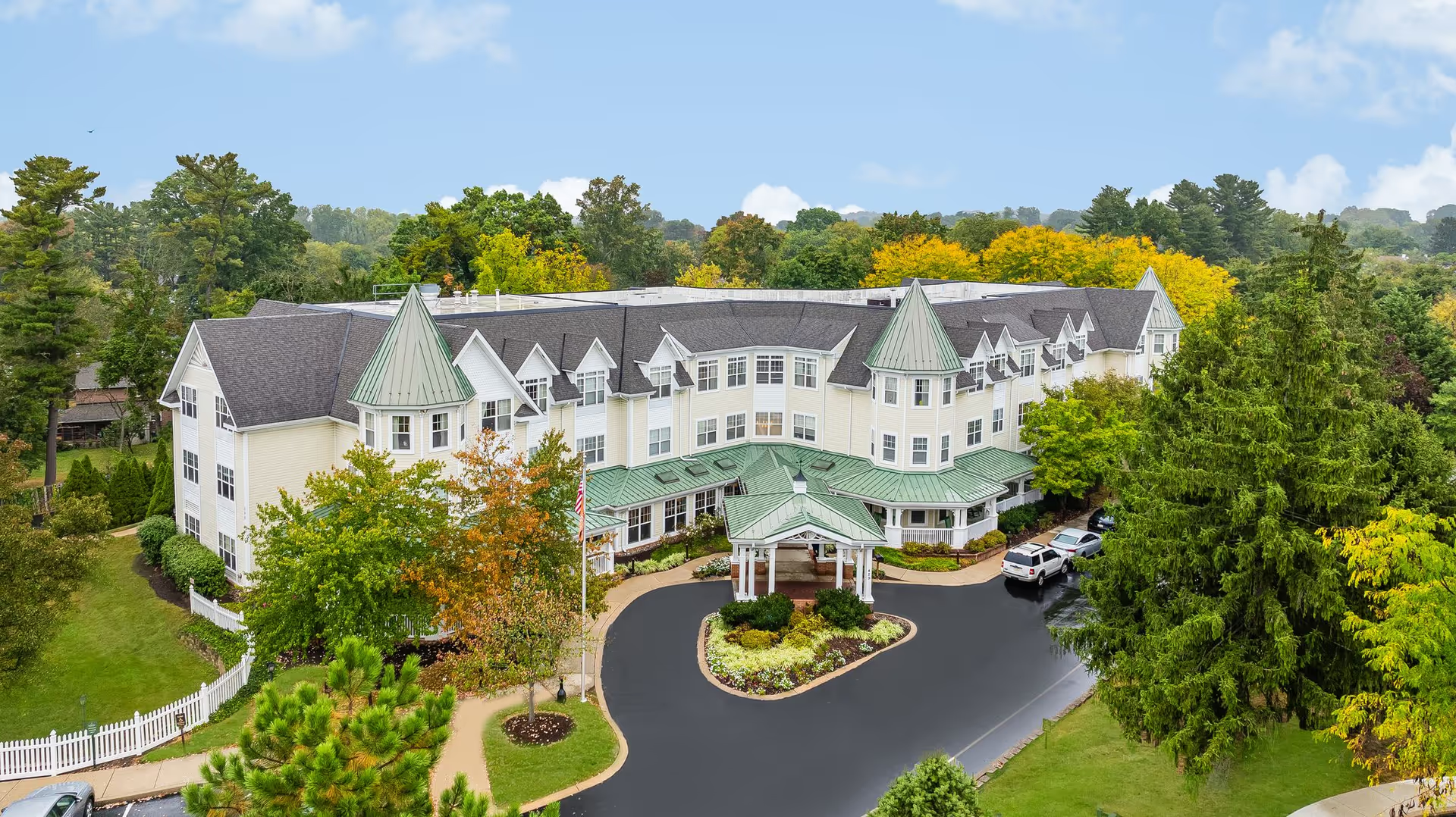Overall sentiment is mixed but leans positive for independent, ambulatory seniors and families prioritizing social engagement and apartment-style living. The dominant strengths repeatedly cited across reviews are the quality of interpersonal care delivered by many front-line staff — described as caring, responsive, and attentive — and the facility’s bright, clean, well-maintained appearance. Apartments are frequently praised for being spacious, often with balconies and full kitchens, which creates a “cruise-ship” or apartment-home feel. Reviewers consistently highlight a robust activities program (bridge clubs, movies, live music, outings, exercise classes) and a lively social atmosphere that helps residents form friendships. On-site therapy services, a bistro/café, salon, and other amenities add to the appeal. Sales and tour teams often receive strong marks for making the move-in process welcoming, and several reviewers explicitly recommend visiting and touring to get a sense of the community.
However, a persistent and significant theme is staffing challenges. Many reviewers report chronic understaffing, high turnover, and what they perceive as underpaid or inexperienced aides. These workforce issues correlate with concrete quality problems: delayed responses to call buttons, missed or late meals (especially breakfasts), insufficient bathing assistance, aides forgetting residents at mealtimes, and occasional medication-management problems. Multiple reviews describe scenarios where staffing shortages created safety risks (falls, ambulance calls) or led families to move residents to other facilities perceived as offering better care. While some families say the staff went above and beyond and nursing leadership is excellent, others report medication errors, little follow-up on meds, and no guaranteed LPN coverage—indicating inconsistent clinical reliability depending on staffing on a given day or wing.
Dining and food service are areas with polarized feedback. Numerous residents and families praise the food and dining staff — calling the meals generous, palatable, and the waitstaff attentive — and mention pleasant social dining experiences. Conversely, an appreciable number of reviews critique food quality or chaotic dining-room operations (very large dining rooms, crowded services). Some older residents experienced frustration with servers who speak English as a second language, and a few reviewers reported specific diet or texture/soft-diet issues that required adjustment. The mixed reports suggest that, while dining is a highlight for many, it can be uneven and dependent on staffing and dining-room logistics.
Facilities are generally commended for cleanliness, brightness, and upkeep, with frequent comments about recently renovated sections and attractive common areas. At the same time, reviewers point out inconsistencies between newer and older wings: the newer sections are described as posh and well-appointed, whereas older wings may feel dated or dingy. Specific maintenance complaints appear throughout (broken toilets left unrepaired for weeks, move-in cleanliness deficiencies, slow resolution of promised accessibility modifications), though some reviewers note rapid problem resolution when staff are alerted. Accessibility and design issues are significant for residents with mobility or visual impairments: narrow hallways and bathrooms not sized for wheelchairs, promised handicap fixtures not installed, confusing elevators with doors on both sides, and dim lighting in elevator areas. These physical limitations combine with staffing constraints to make aging-in-place and higher-acuity care more problematic in some cases.
Management, billing, and communication patterns are another recurring fault line. The sales and tour experience is frequently praised, but several reviewers report that pledges made during sales or move-in (promotional deals, waived deposits) were later rescinded or disputed by administration. There are multiple allegations of billing for services not rendered, undisclosed extra charges, and abrupt rate increases that strain fixed-income residents. Some families report initial management turnover and rocky transitions, and others recount poor communication—especially in memory care where reports include no phone access on the unit, poor follow-up, or even serious allegations of neglect and inappropriate staff behavior. These reports generate distrust among a subset of families and underscore the need for prospective residents to get clear, written details about contracts, fee schedules, and escalation paths.
Memory care and assisted services show wide variability in reported quality. Several reviews praise memory-care staff for being compassionate and personally attentive, and some mention newly renovated memory neighborhoods that look lovely. Yet other reviews allege neglect in memory care — residents not being fed or hydrated, soiled linens, inadequate personal hygiene care, and staff intimidation — and some families moved loved ones out after only a few weeks. The upshot is that memory care experiences depend heavily on the specific unit, staffing at the time, and perhaps management oversight. Many reviewers conclude Sunrise Villa Tuckahoe is an excellent fit for independent, social seniors who value activities and apartment living, but caution that those needing reliable, higher-acuity assistance or consistent medication/clinical oversight should verify staffing ratios, nurse coverage, and read recent incident/quality reports.
In summary, the community presents a strong value proposition in terms of amenities, social programming, and the overall environment — especially for ambulatory, socially engaged residents. The most important and repeated concerns involve staffing levels and stability, inconsistent care during busy periods, billing/communication transparency, and physical accessibility for residents with mobility or sensory limitations. Prospective residents and families should weigh the strong positives (staff who do care deeply, excellent activities, bright apartments, on-site therapy) against the risks signaled by recurring staffing and management issues. Practical next steps for an assessment would be a focused tour of the specific wing/unit being offered (new vs older wing), direct questions about current staffing ratios and guaranteed clinical coverage, verification of all charges in writing, a sample meal visit, and speaking with current families on that floor to confirm the day-to-day experience.

